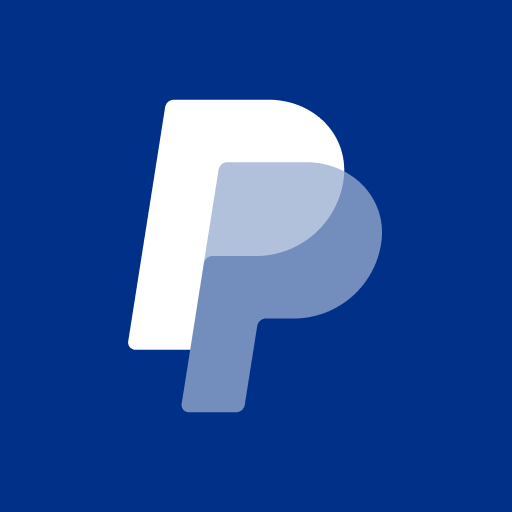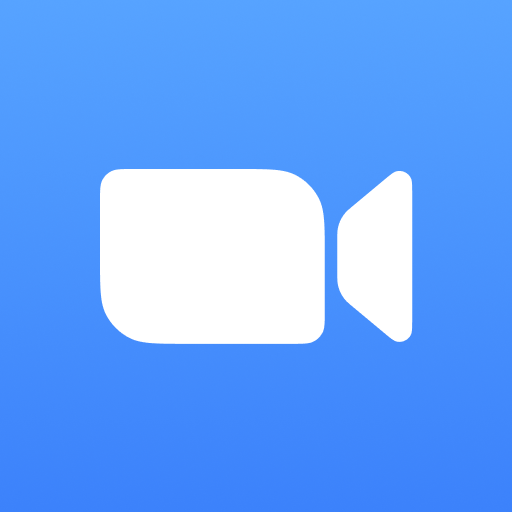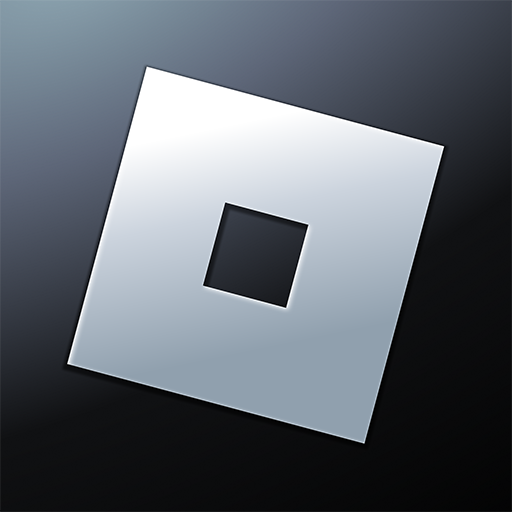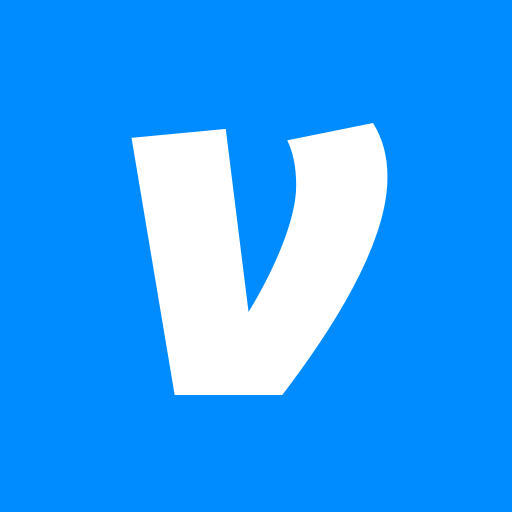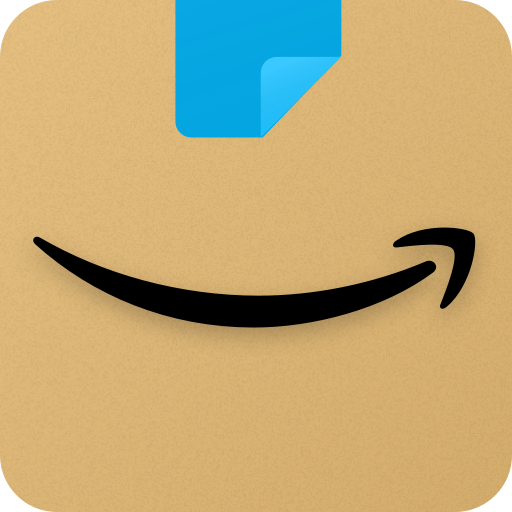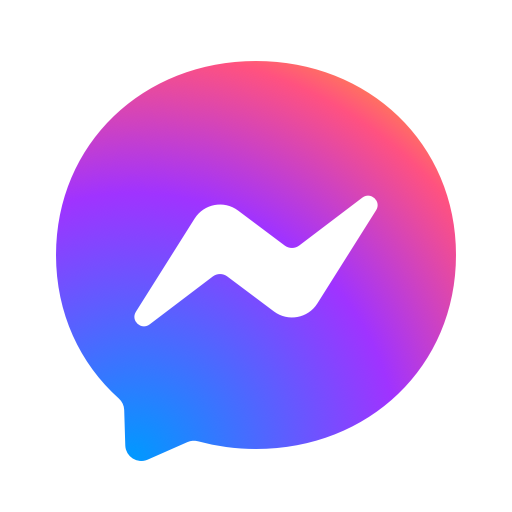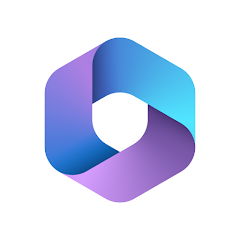Apps for Productivity
25th January 2025
Diane Marley
In today's fast-paced environment, maintaining organization and efficiency is more important than ever. Productivity applications, also known as productivity apps and efficiency tools, have emerged as essential tools, aiding individuals in streamlining tasks, managing time effectively, and enhancing overall performance. This article examines the benefits of utilizing these applications, emphasizing their significant role in improving efficiency and organization. Moreover, it highlights productivity trends and self-improvement strategies that come with using productivity apps. Additionally, readers will discover a curated list of the top 10 must-have productivity applications for 2024, including must-have apps and the latest 2024 productivity tools, along with guidance on selecting the most suitable options for their specific needs. Engage with this content to refine your daily routine through effective productivity hacks and goal setting techniques.
What are Productivity Apps?
Productivity applications are software solutions specifically designed to enhance personal productivity and streamline workflow management through effective task organization, time tracking, and collaboration tools. These applications often serve as digital planners and to-do lists that help manage daily tasks efficiently.
In the rapidly evolving digital landscape of 2024, these essential applications have become critical for individuals and teams aiming to optimize efficiency, manage tasks effectively, and maintain a balanced work-life dynamic.
Equipped with features such as reminders, automation tools, and user-friendly interfaces, productivity applications assist users in tracking projects, setting goals, and enhancing overall performance. These features make them critical in both remote work settings and traditional office environments, supporting a balanced work-life dynamic.
These applications manifest in various forms, including:
- Note-taking apps that facilitate seamless idea capture and collaboration tools for effective teamwork.
- Calendar applications, or scheduling apps, that allow users to schedule and prioritize their commitments.
- Focus apps designed to minimize distractions and enhance mental clarity.
By promoting digital organization, these tools enable users to create structured workflows tailored to their specific needs. This includes integration capabilities for seamless workflow automation. Active engagement with these applications not only increases their effectiveness but also fosters personal accountability.
When individuals can effortlessly monitor their progress and adapt their strategies as necessary, utilizing analytics and productivity metrics, they are more likely to achieve desired outcomes, resulting in improved productivity and a more fulfilling work experience.
Benefits of Using Productivity Apps
The utilization of productivity applications presents numerous advantages that substantially improve efficiency and organization, particularly in the realm of remote work and digital management. These tools often include team communication and collaboration features that enhance remote work dynamics.
By enabling goal setting and task prioritization, these applications allow users to manage their time and resources effectively, resulting in enhanced performance tracking and productivity metrics. Features like smart notifications and document editing capabilities further enhance their utility.
With the appropriate productivity tools, users can optimize communication, automate routine tasks, and maintain a comprehensive overview of their daily objectives. This contributes to a more organized and efficient digital workspace, supported by cloud storage for secure data management.
Increased Efficiency and Organization
Incorporating productivity applications into daily routines offers significant advantages, particularly in terms of increased efficiency and organization. These tools enable users to streamline their workflows and enhance overall effectiveness, through features such as workflow automation and multi-device support.
By utilizing features such as task automation, digital organization, and time blocking, individuals can optimize their time and resources, resulting in marked improvements in productivity metrics and personal output. Whether through effective task management or the use of reminders and notifications, appropriate productivity applications can transform disorganized schedules into well-structured plans.
These applications frequently include performance tracking functionalities and analytics that allow users to monitor their progress over time, ensuring that goals are consistently set and met. For example, employing a tool that automatically categorizes tasks based on deadlines can assist in prioritizing actions more effectively. Additionally, integrating reminders for upcoming deadlines or meetings can help prevent critical tasks from being overlooked.
By adopting productivity techniques such as the Pomodoro Technique and other focus strategies, which involve alternating focus periods with short breaks, users can sustain high levels of concentration. Utilizing the diverse features of these applications encourages a disciplined approach to time management, ultimately leading to enhanced efficiency.
How to Choose the Right Productivity Apps for You
Selecting the appropriate productivity applications requires careful consideration of several factors to ensure that each app aligns with specific needs and enhances workflow efficiency in 2024 productivity.
In an era where digital organization and task management are critical, it is essential to understand the functionality, user experience, and unique features of each tool, including note-taking apps and brainstorming tools.
Analyzing software comparisons and user feedback, along with expert recommendations, can yield valuable insights for identifying the most suitable productivity tools for both individual and team dynamics in the top 10 apps category.
Factors to Consider
When selecting productivity applications, it is important to consider several factors, including user requirements, application accessibility, and the specific software solutions that align best with one’s workflow. Integration capabilities and cross-platform apps can also enhance digital productivity.
A thorough understanding of individual needs is critical, as solutions that suit one person may not be appropriate for another. For example, professionals in creative industries may find visually-oriented tools like Trello or Asana advantageous, as these platforms enhance collaboration through their intuitive design, utilizing mind mapping and focus strategies.
Conversely, individuals adopting a more analytical approach may prefer applications such as Notion or Todoist, which are centered on structured task management and time blocking.
Accessibility is another vital consideration; an application that is easily navigable across various devices can significantly enhance the user experience, facilitating organization while on the move through multi-device support and offline access.
By evaluating multiple options, users can make informed decisions, gaining insights into features that promote greater engagement and improve overall productivity, ultimately contributing to a more efficient work environment through trending apps and app store optimization.




